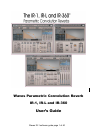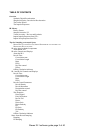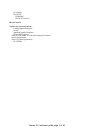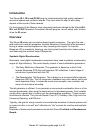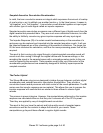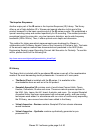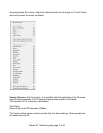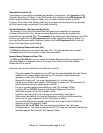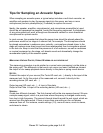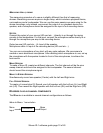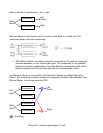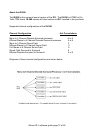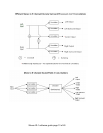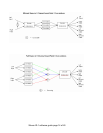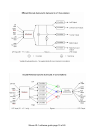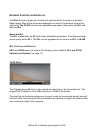Tips for Sampling an Acoustic Space
When sampling an acoustic space, a typical setup includes a multi-track recorder, an
amplifier and speaker to play the sweep signal into the space, and one or more
microphones (and mic preamplifier(s), if needed) to capture the sound.
Ideally, the speaker, amplifier, microphone(s), and microphone preamplifier(s) used
should be as transparent as possible, having flat frequency responses. A microphone
of any polar pattern will work, although we recommend cardioid or omni-directional
microphones for optimal results.
In most venues, the speaker that plays the sweep tone should be placed where the
performers would be; on stage in a concert hall, for example. The microphone should
be placed somewhere in audience area; naturally, a microphone placed closer to the
stage will capture more direct sound and less reverberation than a microphone placed
in the last row. Keep in mind that the presence of a full audience, as well as musicians
or musical equipment on the stage, will absorb sound and dramatically change the
reverberation quality of the acoustic space.
M
EASURING VINTAGE PLATES, SPRING REVERBS OR ANY REVERB UNIT
The measuring procedure is quite similar to a normal voice processing (via the plate or
the spring unit). The difference is that we do not use an aux send. Instead we connect
the output of our sweep playback device directly to the plate or spring reverb device.
SET UP:
Connect the output of your source (Pro-Tools HD card, etc…) directly to the input of the
measured unit. As for the output of the measured unit, connect it directly to the
recording device (HD card, etc…)
Output source (HD card, etc…) Æ Input of the plate.
Output of the Plate Æ Input of the recording device (HD card, etc…).
SESSION:
Create two different channels. The first channel will be the sine sweep channel. We use
a simple sweep signal, which is a pure tone whose frequency is changed continuously
from low to high frequency. The second channel should record the wet signal, which we
receive from the plate reverb. If there is more than one setting on the unit please
measure them all. For instance, reverb settings (1-5), mono-to-mono, mono to stereo,
and stereo to stereo.
Waves IR-1 software guide page 9 of 40



